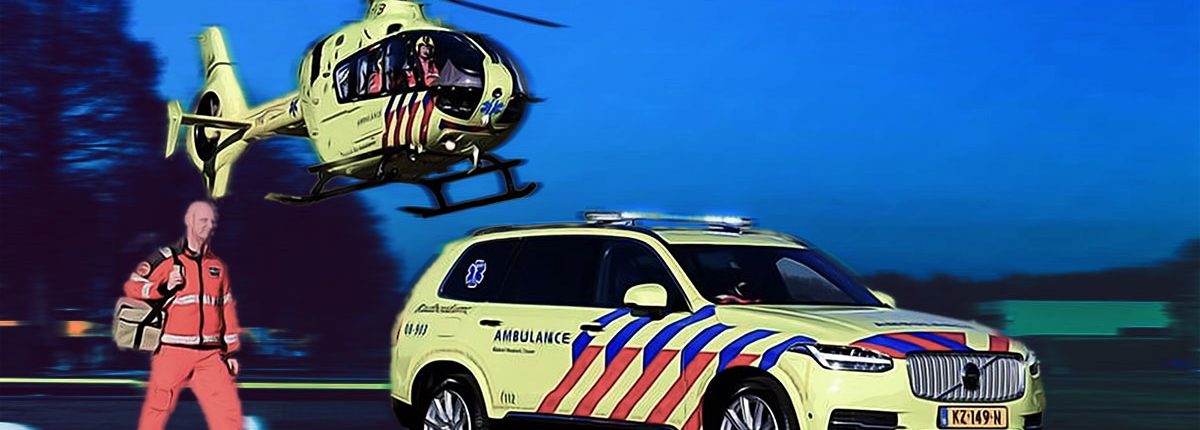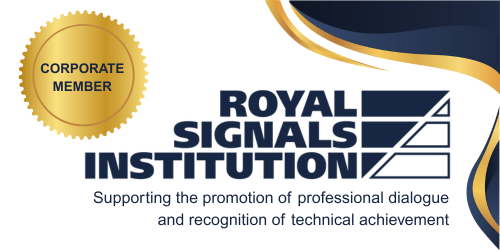Get access to the full whitepaper
5 things you may not know about how the Emergency Services communicate
Communication is a fundamental and critical factor in how the Emergency Services operate effectively. When disorder prevails and seconds can count the difference between life and death, the ability to communicate and therefore coordinate assets is paramount.
In the movies, the heroes can seemingly pick-up a signal and get through to whoever they want from wherever they are. In real life, it is much more challenging. Here are five things you may not know of the real-life challenges in coordinating Emergency Service response.
1) Two-way radios work over Line of sight
Mobile phones are great, but the reason emergency services use two-way radios is that when trying to coordinate the response of multiple units, being able to talk one-to-many is far more efficient than dialling an individual. However, two-way radios have a typical range of around 10-20 miles, or “line-of-sight”(see note 1 below). Buildings, mountains and even trees can shorten the range. In rural areas, with command hubs coordinating large geographic areas, this presents a significant problem.
Governments overcome these challenges by building networks with repeater stations (Terrestrial Trunked Radio or TETRA) to create a grid that those given access can use to extend their communication over greater distances.
2) Large parts of rural areas are out of range of radio communications and mobile phone coverage
It is also the case that in life and death situations, it is not possible to rely on mobile (cell) coverage even as a fallback. Imagine trying to coordinate a rescue attempt when you cannot direct units or receive updates from them once they are out of reach. Even with TETRA, there will typically be parts of a country that remain without coverage.
3) Interagency interoperation also presents difficulties
In a major emergency, not all necessary agencies will have access to the same radio network. The two-way radios they have in-service may run on different frequencies to those of regular emergency services. So even if they are within radio range, they are still not able to communicate.
4) Radio frequencies are subject to deliberate and non-intentional jamming
Telephony Denial of Service (TDoS) attacks are on the rise. In the U.S. the Department of Homeland Security (DHS), along with several other federal and state agencies, have issued warnings that cite a growing number of TDoS attacks. During an emergency that affects large numbers of people, there is an effective TDoS when everyone tries to use the mobile network at the same time, overloading it. So even in cities, the communications network can be compromised without actual physical damage.
5) There is a solution to the problem
Spectra Group’s product, SlingShot, extends the range of in-service two-way radios over thousands of miles, using Commercial Satellites as repeaters (COMSATCOM). the SlingShot system can unite communications of radios operating on different frequencies together in one network, filling in any gaps in conventional coverage. Used worldwide by leading Military Forces, Border Security and Government Agencies, SlingShot provides a vital capability to ensure that emergency response communications networks are widespread, and resilient.
You can download my whitepaper on Radio Communications for Emergency Services Here
Note 1: Multiple factors determine the actual range of line-of-sight radios. These include frequency, power, elevation, obstacles and atmospheric conditions.






